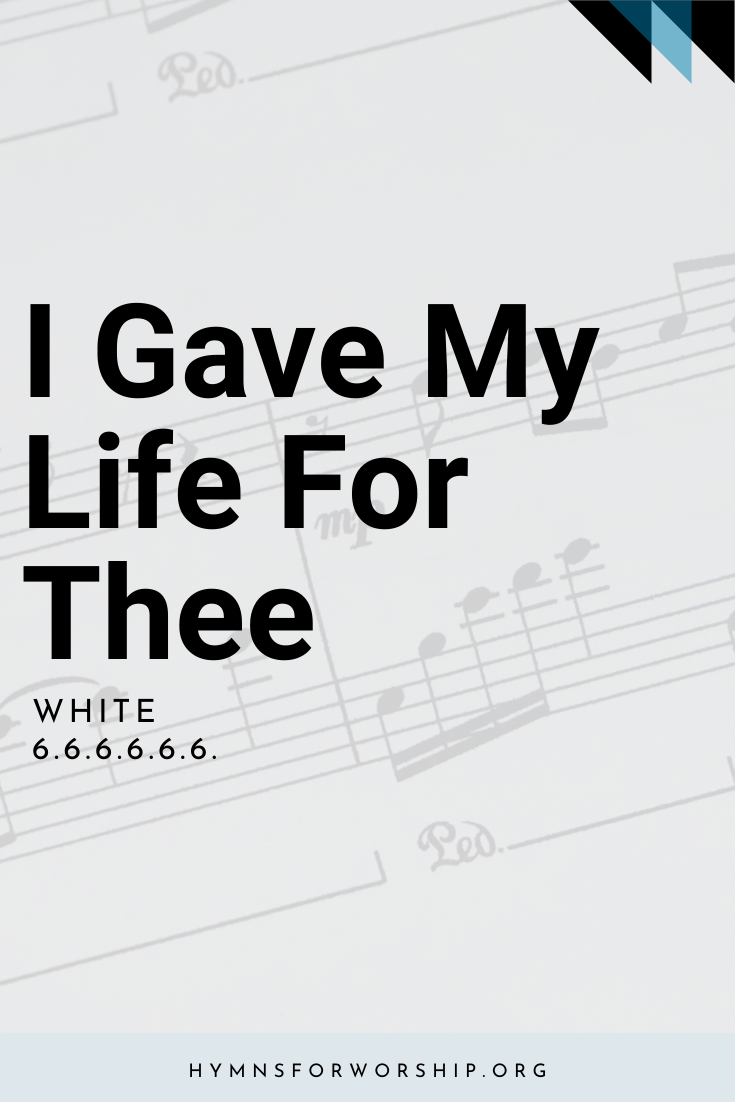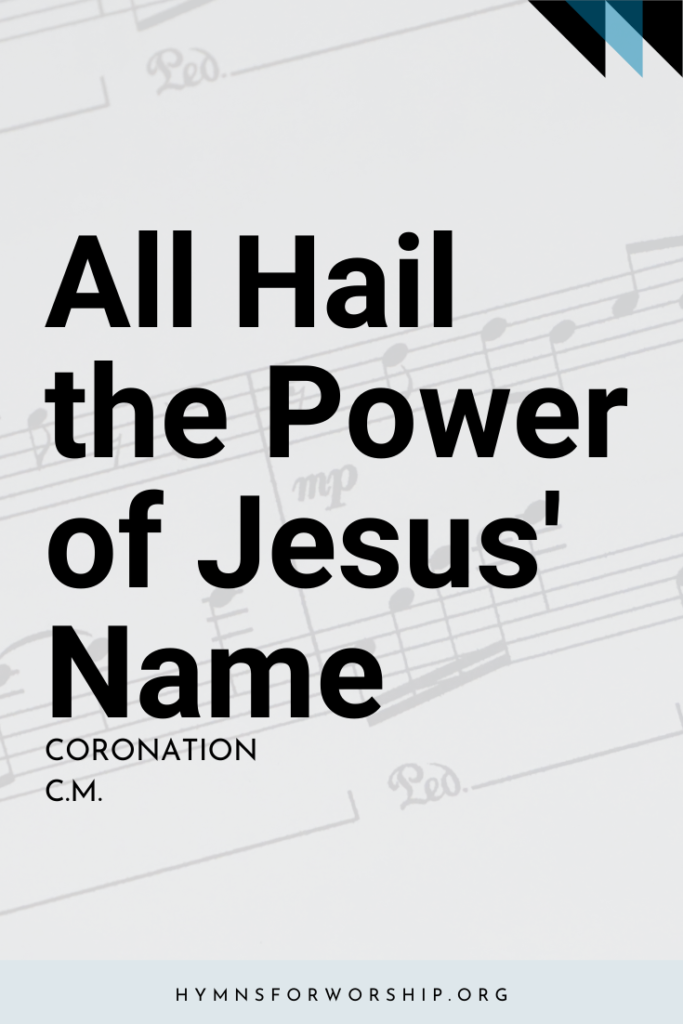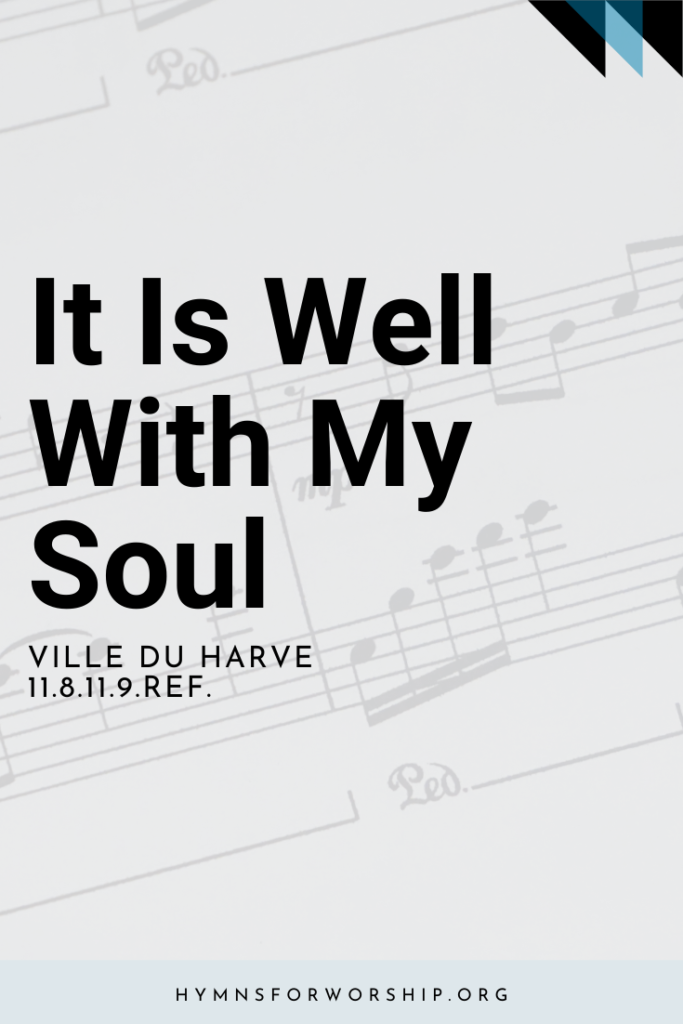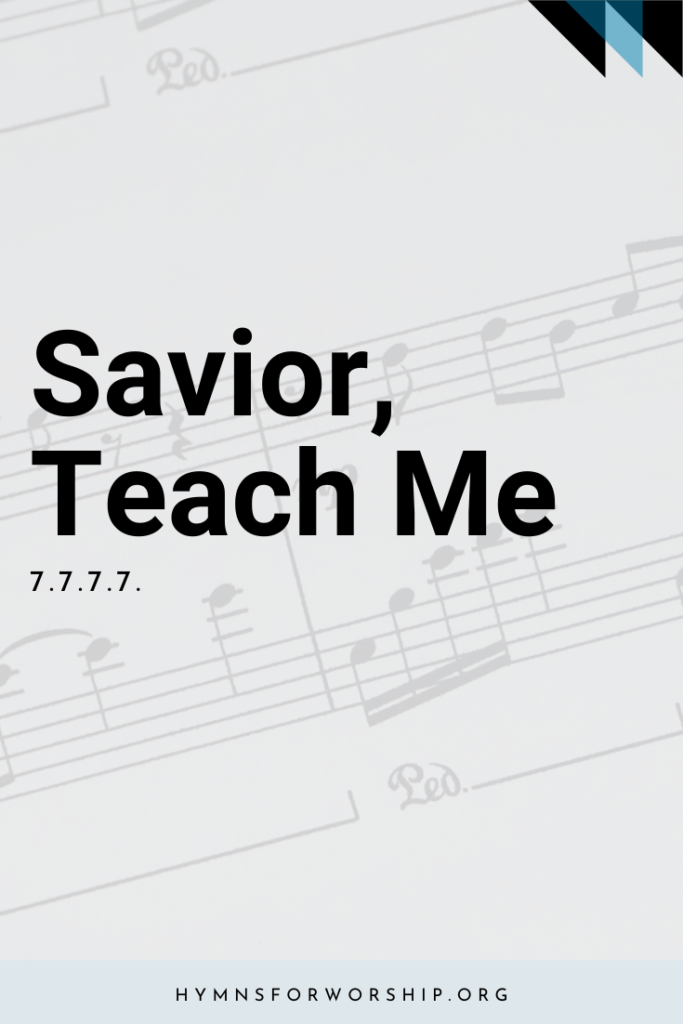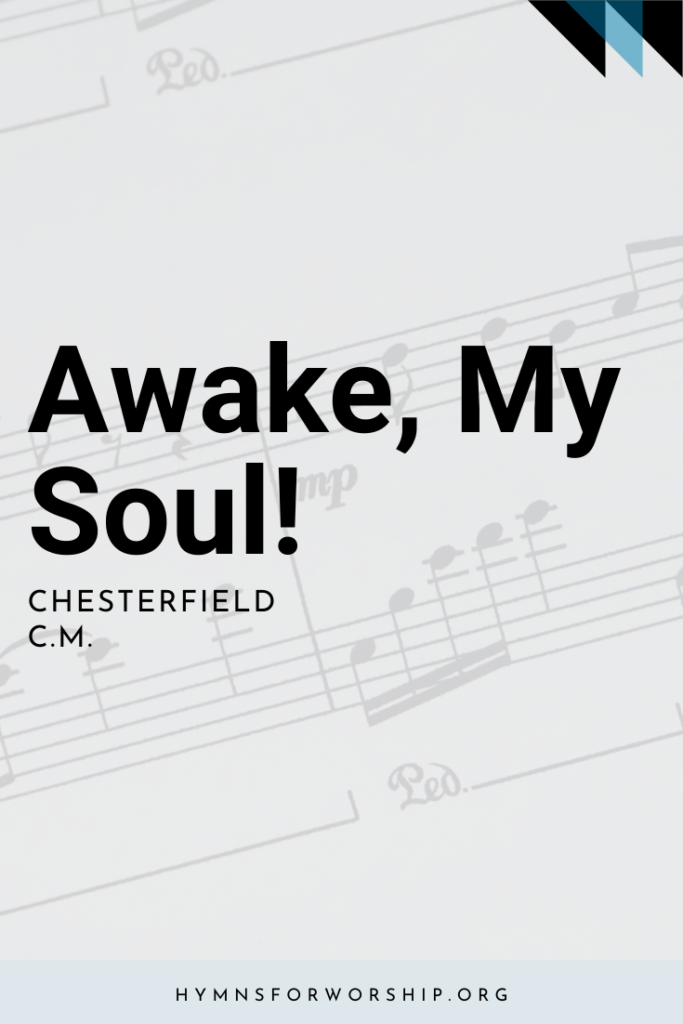GOSPEL >> INVITATION
SDAH 281
I gave my life for thee,
My precious blood I shed,
That thou might’st ransom be,
And quickened from the dead;
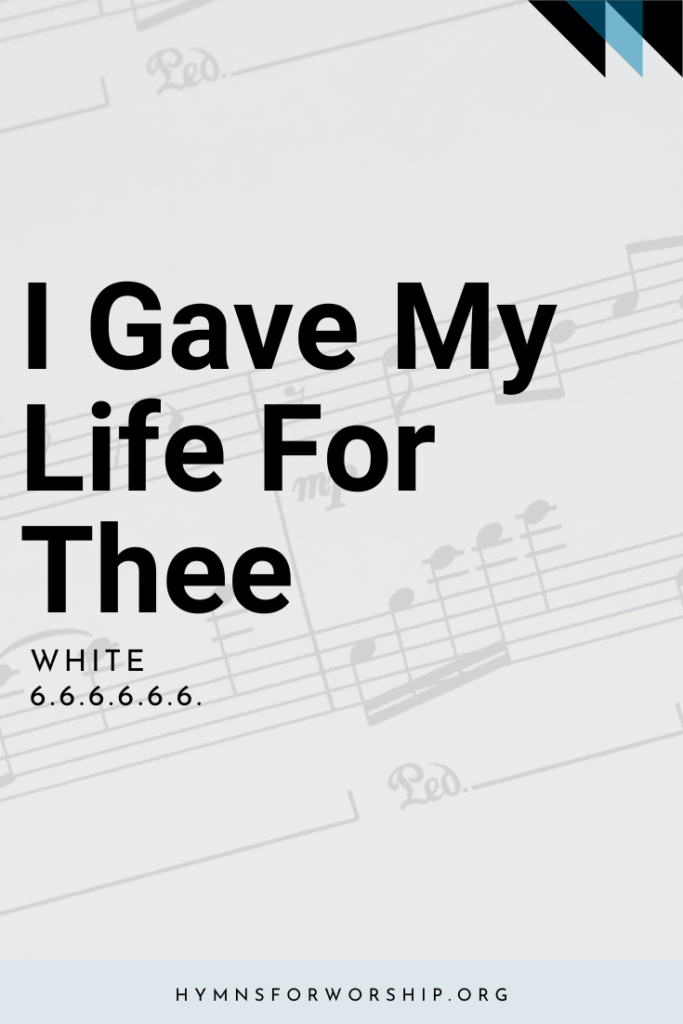

Text
1
I gave my life for thee,
My precious blood I shed,
That thou might’st ransom be,
And quickened from the dead;
I gave, I gave My life for thee,
What hast thou given for Me?
I gave, I gave My life for thee,
What hast thou given for Me?
2
My Fathers house of light,
My glory circled throne,
I left for earthly night,
For wanderings sad and lone;
I left, I left it all for thee,
Hast thou left aught for Me?
I left, I left it all for thee,
Hast thou left aught for Me?
3
I suffered much for thee,
more than thy tongue can tell,
Of bitterest agony,
To rescue thee from hell;
I’ve borne, I’ve borne it all for thee,
What hast thou borne for Me?
I’ve borne, I’ve borne it all for thee,
What hast thou borne for Me?

Hymn Info
Biblical Information
(a) Gal 2:20; Eph 2:1 (b) Phil 2:7 (c) Luke 22:44
Author
Frances Ridley Havergal (1836-1879)
Year Published
1858
Hymn Tune
WHITE
Metrical Number
6.6.6.6.6.6.
Composer
J.E. White (1849-1928)
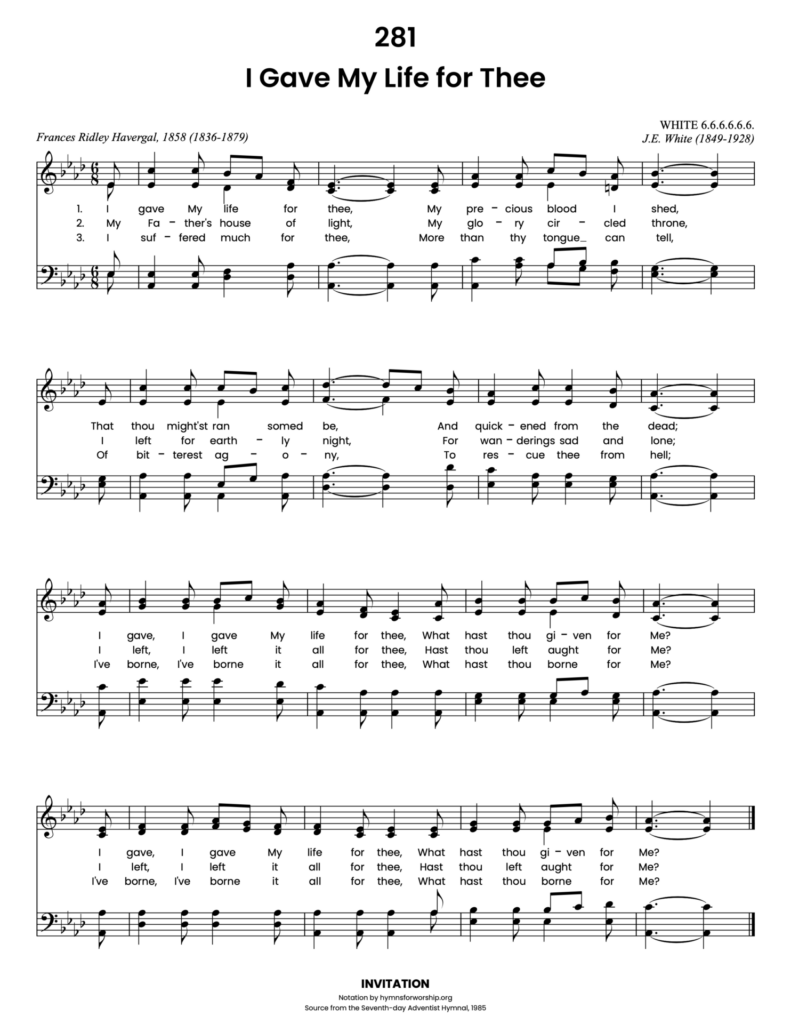
Get the hymn sheet in other keys here
Notes
Make each hymn more meaningful with these helpful tools: Short, ready-to-use hymn introductions for church bulletins, multiple ways to introduce a hymn based on your worship theme and in-depth history and insights to enrich your song service.
Was there a time when we seclude ourselves, trying to solve our own problems, and become unreachable? Even at those time, God is surely beside us and is always ready to guide us. He is the God who gave His precious blood that we may have life that is eternal. (Lesson 10, 1st Quarter 2021 -Wednesday, The Unreachable is Us, 3/3/2021)
Jesus suffered much to redeem us from sin and to give us the power we need for our lives to be transformed to His likeness. What do we give to Jesus in exchange for His great sacrifice for our salvation? Yes, the best thing we can give Him is our heart so that He may dwell within and reign in our lives. (Lesson 12, 2nd Quarter 2021 -Monday, The Covenant and the Sacrifice, 6/14/2021)

